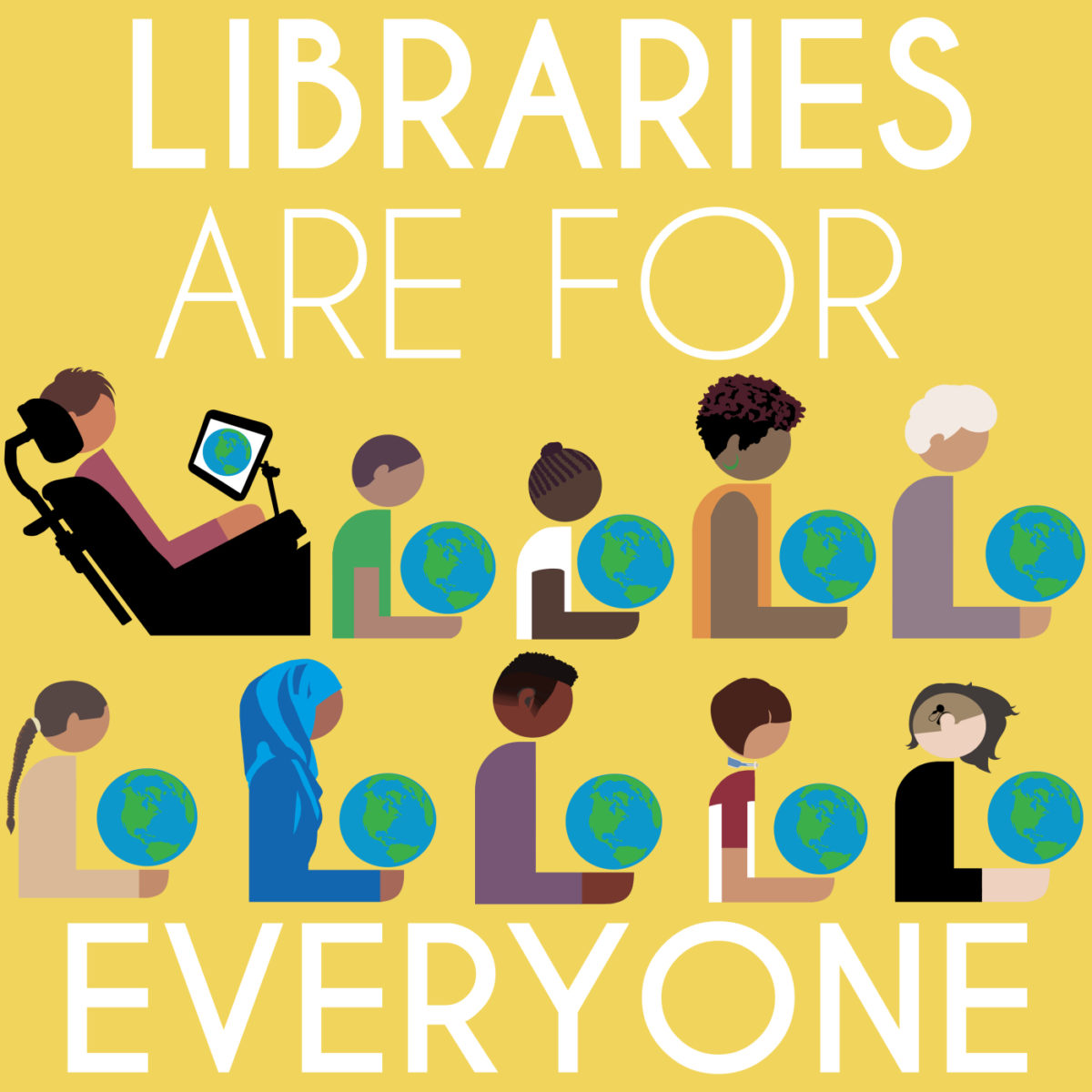Cotswolds, UK
Nestled in the heart of England, the Cotswolds is a delightful region known for its rolling hills, honey-colored stone villages, and charming countryside. Cotswolds offers a perfect blend of history, nature, and quaint English charm. Whether you’re after scenic walks, historical landmarks, or storybook villages, here are five must-see sights in the Cotswolds.
Bibury
Often called the most beautiful village in England, Bibury is a postcard-perfect destination. Its most famous feature is Arlington Row, a row of 17th-century weavers’ cottages that line the River Coln. These cottages, once part of a wool store, are now among the most photographed buildings in the country. A walk through the village, with its tranquil streams and stone bridges, feels like stepping into a different time.
Bourton-on-the-Water
Bourton-on-the-Water is known for its low, arched bridges that span the gentle River Windrush, which flows through the village. This lively spot is perfect for families and visitors of all ages. Highlights include the Model Village, a one-ninth scale replica of Bourton itself, and the Cotswold Motoring Museum, which showcases vintage cars and memorabilia. With charming tearooms and riverside walks, it’s a delightful place to spend a relaxed afternoon.
Sudeley Castle and Gardens
Located near Winchcombe, Sudeley Castle is one of the most historic sites in the Cotswolds. The castle dates back over 1,000 years and is the final resting place of Queen Katherine Parr, the last wife of Henry VIII. Visitors can explore beautifully maintained gardens, a chapel, and a series of exhibitions about the castle’s royal connections and wartime history. It’s a captivating mix of romance, architecture, and English heritage.
Broadway Tower
Standing 65 feet tall on one of the highest points in the Cotswolds, Broadway Tower offers sweeping views across the countryside and into Wales on a clear day. The tower itself is a folly built in the 18th century, but today it’s a popular destination for hikers and history buffs alike. After climbing to the top, visitors can explore the surrounding parkland or stroll into nearby Broadway, a charming village with art galleries, boutiques, and cozy pubs.
Castle Combe
Often used as a film location, Castle Combe Village is one of the most unspoiled landscapes in the Cotswolds. With no modern streetlights or signage cluttering the view, its stone cottages and narrow streets are perfectly preserved. The village’s 14th-century market cross and old water pump add to its charm, making it a dream for photographers.
The Cotswolds is a region where timeless beauty and English tradition come alive. Stay flexible when traveling and try and fit in a few of these historic villages while visiting the UK. So pack your bag and take in panoramic views from hilltops and these top sights offering an unforgettable experience.
For more travel inspiration check out: KathyHusserTempe.com








